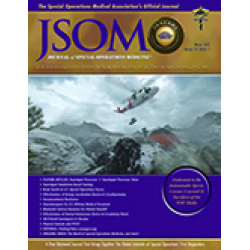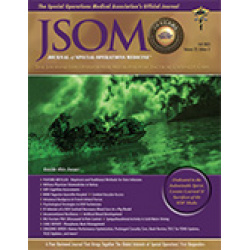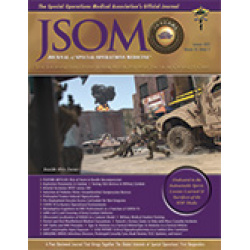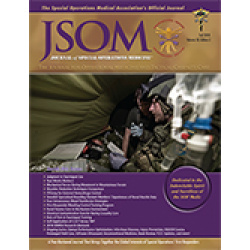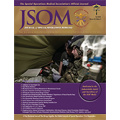Latest Products
A Pilot Study of Four Intraosseous Blood Transfusion Strategies
Auten JD, Mclean JB, Kemp JD, Roszko PJ, Fortner GA, Krepela AL, Walchak AC, Walker CM, Deaton TG, Fishback JE 18(3). 50 - 56 (Journal Article)
Background: Intraosseous (IO) access is used by military first responders administering fluids, blood, and medications. Current IO transfusion strategies include gravity, pressure bags, rapid transfusion devices, and manual push-pull through a three-way stopcock. In a swine model of hemorrhagic shock, we compared flow rates among four different IO blood transfusion strategies. Methods: Nine Yorkshire swine were placed under general anesthesia. We removed 20 to 25mL/kg of each animal's estimated blood volume using flow of gravity. IO access was obtained in the proximal humerus. We then autologously infused 10 to 15mL/kg of the animal's estimated blood volume through one of four randomly assigned treatment arms. Results: The average weight of the swine was 77.3kg (interquartile range, 72.7kg-88.8kg). Infusion rates were as follows: gravity, 5mL/min; Belmont rapid infuser, 31mL/min; single-site pressure bag, 78mL/min; double-site pressure bag, 103mL/min; and push-pull technique, 109mL/min. No pulmonary arterial fat emboli were noted. Conclusion: The optimal IO transfusion strategy for injured Servicemembers appears to be single-site transfusion with a 10mL to 20mL flush of normal saline, followed immediately by transfusion under a pressure bag. Further study, powered to detect differences in flow rate and clinical complications. is required.


 Español
Español 